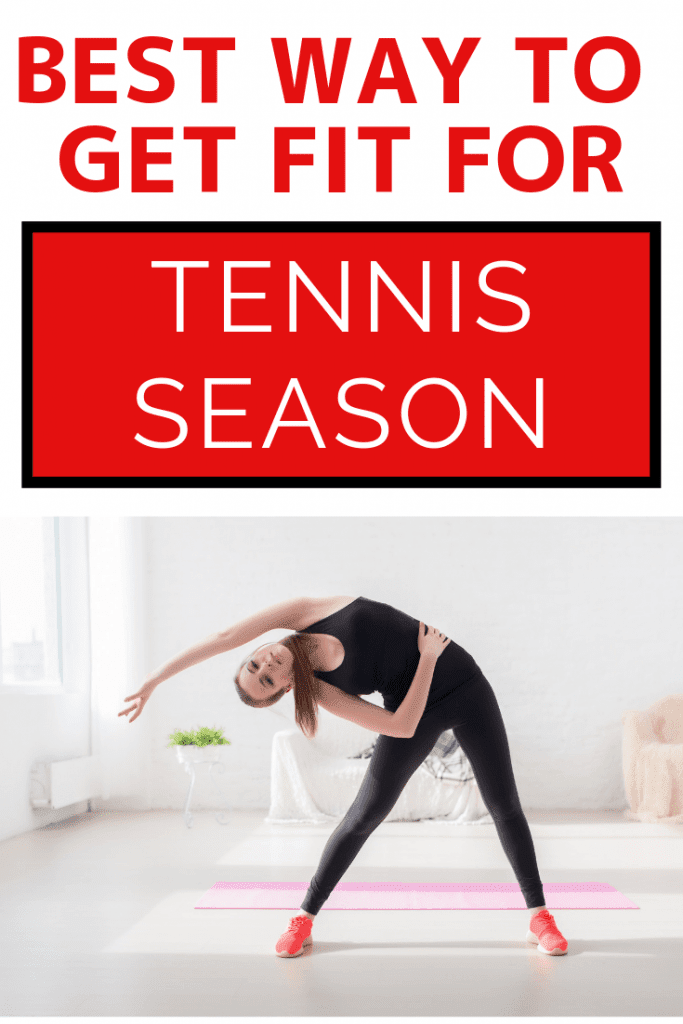
Fitness and health programs often include classes as well as physical activity. In the first year, students take a health education course which integrates basic knowledge and practical skills. Students also take part in group fitness classes and power-aerobics classes during the second year. Students can also participate in weight training classes. Students must be able to take both fitness classes and health education classes as a first-year student. For more information, visit the health and fitness program website.
NFPA 1550
To protect firefighters from work-related injuries, a fire department should have a NFPA 1500 fitness and health program. The standard details the reasons for implementing such a program and outlines mechanisms for its implementation. The overall health and well-being of employees is crucial to the operational capability of fire departments. A well-developed program for health and fitness will help improve performance and reduce the number of accidents. It will also promote retention.
Texercise
The Texercise exercise program emphasizes prevention and healthy behaviour. Facilitators lead classes that emphasize nutrition and physical activity. The classes are held in a group setting where participants can share their problems and create healthy habits. To ensure that everyone has water, participants should bring their own water bottle. Download the handbook free of charge.

Aerobics Class
If you've been looking for an excellent way to change up your workout routine, you might want to consider taking an aerobics class. Not only can it be fun and exciting, but you'll also increase your stamina, energy, and endurance! Aerobics classes offer a variety of exercises designed for all fitness levels, and instructors guide the participants through the exercises and provide feedback on proper technique. Regular aerobics classes can help reduce injury risk, boredom, and help you achieve your health goals.
Total health and fitness
A healthy diet and healthy lifestyle are key ingredients to success in your health and fitness programs. But it takes dedication to follow strict meal plans, count calories, and create dishes that taste great. Total Health and Fitness removes all the hassle of planning meals and creates simple menus that can be followed. You will also find detailed shopping lists and instructions for cooking. Total Health will even guide you when dining out. The month of June is marked by a 10% discount when you sign up for new agreements.
John F. Kennedys health- and fitness program
Kennedy, a young and fit President, felt that America had become "soft". He challenged the nation to get into shape. Kids began doing more push-ups and pull-ups and competed for fitness awards. The program was so popular that more than 4000 schools signed up. Over the next years, the number of female participants grew. Although it's likely that America's youth were healthier before the 1960s and the program for health and fitness was one of America's most significant changes,

FAQ
Do I have to exercise while drinking alcohol?
Yes. Alcohol has increased energy expenditure, speed up recovery time, and reduced soreness.
Alcohol also increases insulin sensitivity, making it easier to absorb glucose.
However, alcohol can cause dehydration, which can slow down your metabolism. Alcohol can also lower testosterone production, which could lead to a decrease in muscle-building potential.
This is why women shouldn't have alcoholic drinks before exercising. Women who drink heavily should wait at LEAST 24 hours before they start working out.
It is important that women who are nursing avoid alcohol.
Men should limit their alcohol intake to just one drink each day.
Are Cardio exercises good or bad for your health?
Cardiovascular exercise can have many benefits. It improves blood circulation, strengthens heart muscle, gives you energy, and can even help you lose weight.
Cardiovascular exercise includes running, biking, hiking, swimming, tennis, basketball, soccer, volleyball, football, etc.
It is important to keep in mind that cardio exercises should not only be performed at a high level of intensity, but also at low levels. This could result in injury.
The cardiovascular exercise should only be performed if you feel good.
You should never push yourself beyond your limits. In this way, you may injure or even kill yourself.
Cardiovascular exercise is best done warm-up first. Next, increase your intensity gradually.
Always listen to your body. If you feel pain while performing cardiovascular exercise, it is important to stop immediately.
It is also recommended to take some time off after a cardiovascular exercise. This will allow your muscles to rest.
To lose weight, you should include cardiovascular exercise in your daily routine.
It is the most efficient way to lose weight and stomach fat.
Is Yoga Beneficial?
Yoga has existed since ancient times. It has only recently been more popular. Celebrities and ordinary people love yoga.
Yoga is great for strengthening and stretching your muscles. Yoga can also help calm your mind and relax you.
Yoga is different from other types of exercise in that it focuses on breathing techniques.
For balance and flexibility, there are many poses you can do.
Statistics
- 10 pounds in a month is likely during a lean bulking phase, especially for beginners. (muscleandstrength.com)
- According to the American Academy of Dermatology (AAD), men over 50 are at a heightened risk of developing it. (healthline.com)
- Candidates and applicants must pass all four tests at 70% (minimum level) to graduate from Basic Deputy U.S. Marshal (BDUSM) Training. (usmarshals.gov)
- Are You One of the 20% of Guys (mh.co.za)
- An estimated calorie range for moderately active adult males falls between 2,200 to 2,800 calories per day, depending on age. (eatright.org)
External Links
How To
How can I burn fat and exercise?
Exercise helps you lose calories by increasing your metabolism and oxygen intake.
Exercise at a moderate intensity to safely lose weight.
These tips will help you burn fat and keep fit while exercising.
-
Cardio exercises like walking, running (or jogging), swimming, cycling, running, and/or elliptical training are all good options.
-
You can exercise for 30 mins three times per week.
-
You can lose weight by adding strength training to the routine.
-
Avoid doing intense exercises. You can build muscle without having to lose muscle tissue.
-
When exercising, make sure to drink lots of water. Water helps flush out toxins and keep your body properly hydrated.
-
After exercising, consume low-fat protein smoothies. Protein shakes can help boost energy and repair muscles.
-
Smaller meals are better for you.
-
Don't skip breakfast! Skipping breakfast can cause you to feel tired and sluggish.
-
Take care of yourself mentally. Stressful situations can affect your metabolism.
-
Keep a positive attitude. Studies show that overweight people are more likely to be obese than those who perceive themselves as attractive.
-
Get enough sleep. You will have a harder time losing weight if you do not get enough sleep.
-
Be active. Get up every hour and get moving.
-
Maintain a healthy diet. Eating right keeps you feeling full and satisfied longer.
-
Relaxation is possible by finding ways to relax. A tense mind doesn't allow your body to release stress hormones that break down muscle tissue.
A balanced diet contains all necessary nutrients for growth and development.
Consider eating six small meals daily instead of three big ones. This gives your body more time to digest the food you eat.
To maintain strong bones, you need to consume 500 mg of calcium each day. Calcium is available in dairy products like milk, yogurt, fortified soy beverages, orange juice, cereal, bread, and cereals.
Calcium comes from leafy green vegetables, beans, tofu, nuts, seeds, and cheese.
Vitamin D is required for calcium absorption. It's found in fatty fish, egg yolk, and some fortified foods.
Vitamin E is vital for your skin's health. It can be found as a vegetable oil, wheat germ, peanuts or almonds.
Your body requires zinc for normal immune function and wound healing. Zinc can be found as a mineral in oysters.
Zinc deficiency could cause fatigue, nausea, vomiting, and depression.
Consuming too much sugar can cause insulin resistance. This causes an increase in blood glucose levels. Insulin resistance is linked to weight gain.
High levels of free radicals can lead to insulin resistance. Free radicals are molecules that have unpaired electrons, which can cause damage to cell membranes or other parts of your body.
Free radicals come mainly from food additives, pesticides, herbicides, preservatives, smoking, air pollution, radiation, chemicals in cosmetics, lotions, and household cleaning supplies.
Free radical damage can cause cancer, heart disease and diabetes, as well as arthritis, asthma, and other diseases.
A well-balanced diet rich in antioxidants is the best way for you to avoid free radical damage. Antioxidants protect against oxidative damage.
Vitamin C can be found in citrus fruits. Beta carotene can be found in carrots. Sweet potatoes. Tomatoes. Carrots. Sweet potatoes. Spinach. Broccoli. Cantaloupe. Vitamin E is found in nuts. Olive oil, avocados.
Selenium, copper as well as manganese and zinc are some other antioxidant nutrients.
Selenium protects cells against oxidative damage from free radicals. Selenium is found in Brazil nuts, tuna, liver, kidney, shrimp, cod, turkey, beef, lamb, pork, and chicken.
Copper protects the eyes, brain, lungs, liver, and red blood cells. Copper is also found in poultry, meat, and organs.
Manganese plays an important role in bone structure. Manganese can be found in brown rice and spinach as well as bananas, prunes raisins, oatmeal, lentils, and oatmeal.
Zinc is necessary for average growth, reproduction, and wound healing. Zn is present in lean cuts of meat and white fish, as well as eggs.